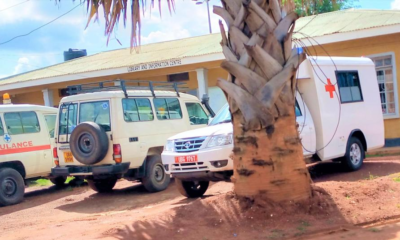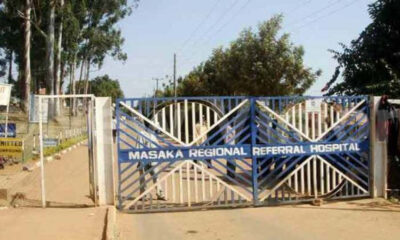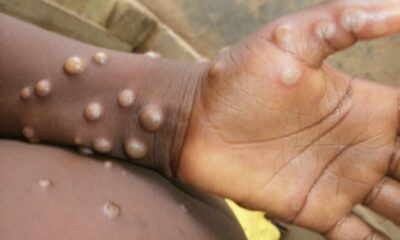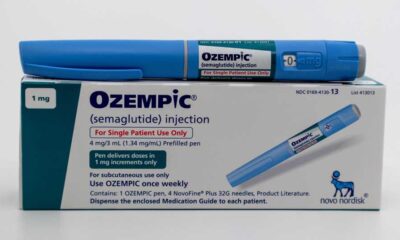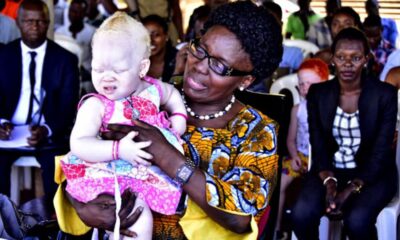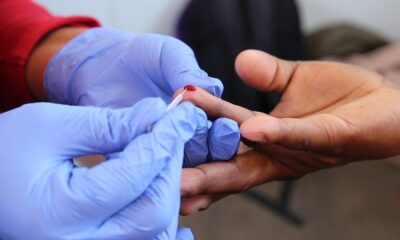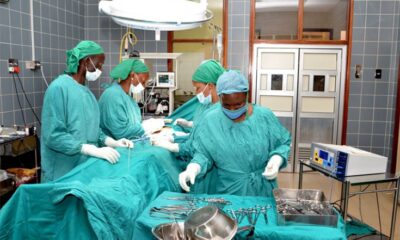The Uganda AIDS Commission has revealed a troubling increase in HIV rates among young girls aged 16 to 28 in Mbarara city and district. The prevalence rate stands at 8.4% in Mbarara city and 14% in the district. This growing trend is alarming and requires immediate attention to address the underlying causes.
Current HIV Statistics in Mbarara
According to Dorcus Twinabeitu, the Mbarara city HIV focal person, as of March 2024, 31,852 people were confirmed to be living with HIV in care in Mbarara City. This is an increase from the 31,764 recorded between October and December 2023. Girls aged 15 to 28 are the most affected group, with several factors contributing to this high prevalence.
Contributing Factors to High HIV Rates
Twinabeitu attributes the rise in HIV rates among young girls to several factors:
- Uncontrolled Alcohol Use: Excessive alcohol consumption leads to risky behaviors, increasing the likelihood of HIV transmission.
- Low Condom Use: Inadequate use of condoms contributes to the spread of HIV.
- Poverty: Financial struggles force young girls to engage in transactional sex with older men, increasing their risk of infection.
- Reluctance on ARVs Uptake: Hesitancy to adhere to antiretroviral treatment exacerbates the issue.
Educational Institutions and HIV
Mbarara has numerous universities and tertiary institutions. Many young girls aspire to meet certain standards that their families cannot afford. As a result, they engage in risky behaviors, including sleeping with older men who are already working. This practice, often involving cheap sex, is a significant factor in contracting HIV.
HIV Prevalence in the Ankole Subregion
Dr. Steven Asiimwe, the Uganda AIDS Commission’s HIV prevention officer for Mbarara, reports that Mbarara district tops the Ankole subregion with an HIV prevalence rate of 14.4%. Other districts in the subregion have varying rates:
- Kiruhura: 9.5%
- Bushenyi: 9.2%
- Mbarara City: 8.1%
- Ibanda: 7.3%
- Sheema: 7.5%
- Ntungamo: 5.9%
- Rubirizi: 6.1%
- Mitooma: 4.1%
- Buhweju: 3.8%
- Isingiro: 3.0%
Behavioral Factors Contributing to HIV Prevalence
Behavioral changes in Kiruhura and Bushenyi contribute to their slightly higher prevalence rates. In Kiruhura, legal sharing of partners remains a significant factor. In Bushenyi, the vulnerability of young university girls and the prevalence of cheap sex pose ongoing challenges.
Higher HIV Prevalence in Southwestern Uganda
Dr. Asiimwe highlights that southwestern Uganda has an HIV prevalence higher than the national average of 5.1%. This disparity underscores the need for targeted interventions in this region.
Efforts to Combat HIV Spread
During a media engagement in Mbarara city, Uganda AIDS Commission experts emphasized the importance of awareness and preventive measures. In urban centers, increased knowledge about condom use, self-testing, and mother-to-child transmission programs is helping to reduce the spread of HIV.
Promising Trends in Urban Centers
The prevalence rate in Mbarara city is significantly lower than in the district and Kiruhura. This suggests that people in urban areas are more informed about prevention programs like PEP (post-exposure prophylaxis) and PREP (pre-exposure prophylaxis) usage, and condom use. These programs are crucial in minimizing the rate at which HIV spreads.
In conclusion , HIV in Mbarara is a growing concern, especially among young girls. Addressing the factors contributing to the rise in HIV rates requires a multi-faceted approach, including education, prevention, and better access to healthcare. Increasing awareness and promoting safe practices are vital to combatting the spread of HIV in Mbarara and beyond.





